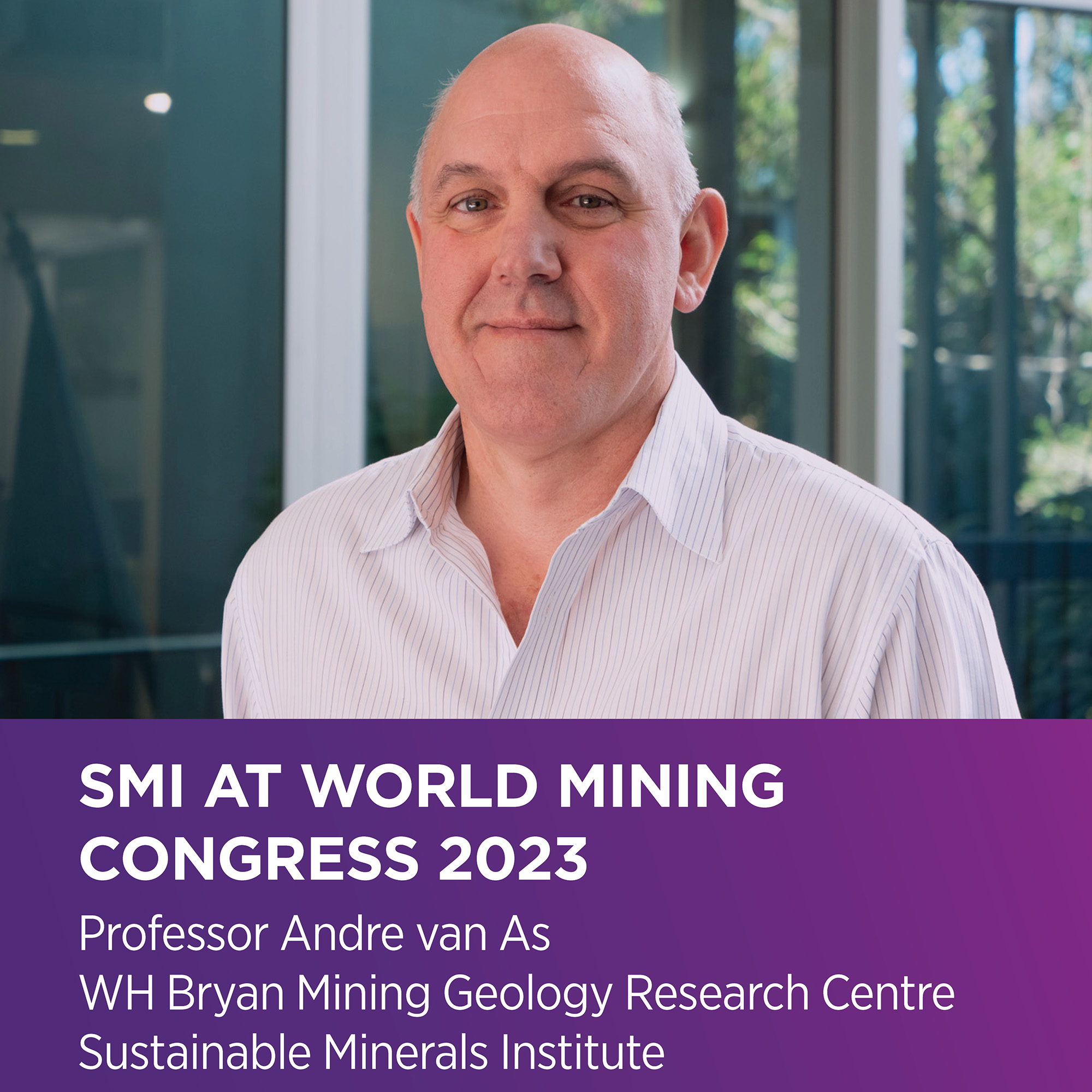 The mining industry must re-evaluate how it designs mass underground mines and prioritises risks if it plans to operate at extreme depths, according to a cave mining expert.
The mining industry must re-evaluate how it designs mass underground mines and prioritises risks if it plans to operate at extreme depths, according to a cave mining expert.
In a research paper to be presented at this month’s World Mining Congress (WMC), University of Queensland (UQ) researcher Professor Andre van As concludes industry should expect construction delays, operational underperformance, cost blow-outs and potentially operation-ending catastrophes if it ‘copy and pastes’ mine designs from current shallow mines to deep mass mines at depths greater than 1000m.
Cave mining will be critical to the future of the mining industry as surface orebodies become rarer, discoveries at depth more common, and the energy transition increases global demand for minerals.
Professor van As, who leads the Deep Mining Geoscience research group at UQ’s Sustainable Minerals Institute (SMI), has over three decades’ experience in underground mass mining, including as Rio Tinto’s General Manager for Geotechnical Engineering & Cave Management.
“In the past we have considered various geotechnical risk when mining underground, but as we begin mining at depths beyond 1000m there are going to be geotechnical and operational risks that trump the traditional suite of geotechnical hazards.” Professor van As said.
“The deeper we go, the less forgiving geotechnical hazards are, and companies and stakeholders need to realise that the consequences of not identifying and managing these in design and operational strategies could effectively lead to significant mine underperformance or even premature closure.
“Furthermore, the increased exposure of mine personnel to stress-driven hazards, such as rockbursts, cannot be understated and warrants every effort and strategy be adopted to manage and minimise such risks.
“At those depths, there are very few levers to pull if something goes wrong – for example, if you’ve invested 10 billion dollars to build a large, deep cave mine (which could take 5 -10 years) and things go wrong during undercutting or production ramp up, you could lose 10 billion dollars before you have even mined a tonne of ore.
“There are numerous design parameters and strategies that are unique to operating at depth which need to be thoroughly researched before they can be reliably incorporated into the design and execution.
“For example, in cave mines, one of the greatest overarching risks is the stability of the production level – the level where all material is extracted through tunnels and draw points - because if we can’t keep those tunnels open then we can’t produce ore.
“There could be hundreds of thousands of tonnes of material passing through every single drawpoint on the production level and so we need to adopt every tactic at our disposal to try and preserve the condition of the rock in order to maintain the integrity of the level for the duration of its life.
“Now, what that may means, is that we have to excavate better, such as adopting methods that induce less rock damage, which takes longer, and yet which is rarely factored into the development and construction schedule.
“This demonstrates the tension between two competing design objectives – trying to bring the mine into production as fast as possible and trying to ensure the long-term operability and performance of the mine.
“If there is premature production level closure and you can’t mine anymore, then any costs saved by getting into production sooner won’t matter.”
Professor Andre van As will be presenting the project as part of the World Mining Congress’s ‘Mining Science & Engineering’ stream on 29 June.
If you’d like to learn more about the project, you can contact Professor Andre van As at a.vanas@uq.edu.au.



